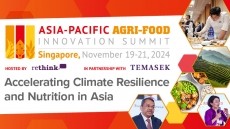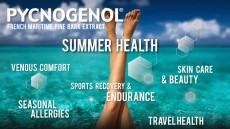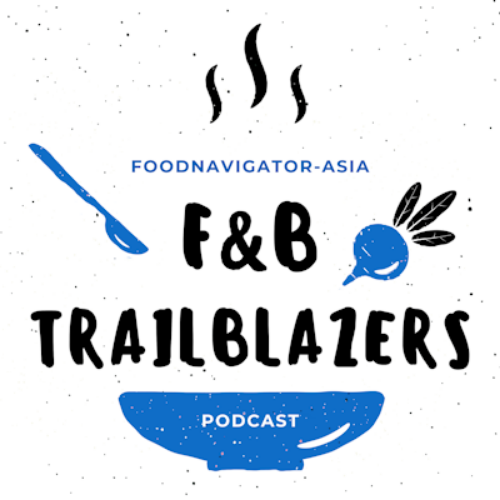New Zealand
30% of NZ baby food contains pesticide residues

The evidence will be presented today to the New Zealand government’s primary production committee by Dr Meriel Watts of the Pesticide Action Network Aotearoa and Alison White of the Safe Food Campaign.
Their oral submissions will be in support of a petition presented to parliament earlier this year calling the removal of pesticides in baby food.
EU-levels of protection
“We want New Zealand to follow the European directives, which basically stipulate a zero tolerance policy,” said White. “Three of the pesticides found in New Zealand baby food are hazardous for young children and babies in the womb. Kiwi babies deserve the same level of protection as they have in the EU.”
The analysis shows more than 30% of New Zealand baby foods contained pesticide residues, whereas 0.04% of European baby food did so.
Five pesticides were detected in 32 baby food samples of the 2009 NZ Total Diet survey, which tested infant formula, cereal-based foods, custard and fruit, and savoury weaning products. A similar EU analysis of 2,062 baby foods showed residues in only 0.04% of samples the following year.
"Some of the pesticides found are carcinogens and endocrine disruptors, for which no safe level has been scientifically established, and doses thousands of times lower than those generally considered toxic are known to interfere with normal human development,” said White.
Developmental risks
This could result in changes to growth and development, said Watts, Pesticide Action Network Asia-Pacific’s senior scientist.
“Children have unique windows of vulnerability which adults do not have. Extremely low doses which may not have an immediate effect on adults can critically interfere with children's ongoing developmental processes.
“One of the key outcomes of exposure to even tiny amounts of pesticides like chlorpyrifos is lowered IQ and delayed development."
The Safe Food Campaign also thinks the government should do a more analysis of baby food.
"More extensive and regular surveys need to be done of baby food not only to monitor the proposed legislation but also to provide a more adequate baseline for comparison over time and with other countries," she said.
However, New Zealand’s food safety minister, Jo Goodhew, called country’s safety system “world class” as she promised to investigate the issue.
"I do know we have a world class food safety system in New Zealand and for that reason I believe that we have good systems in place and we will be able to get some answers," said Goodhew.


















